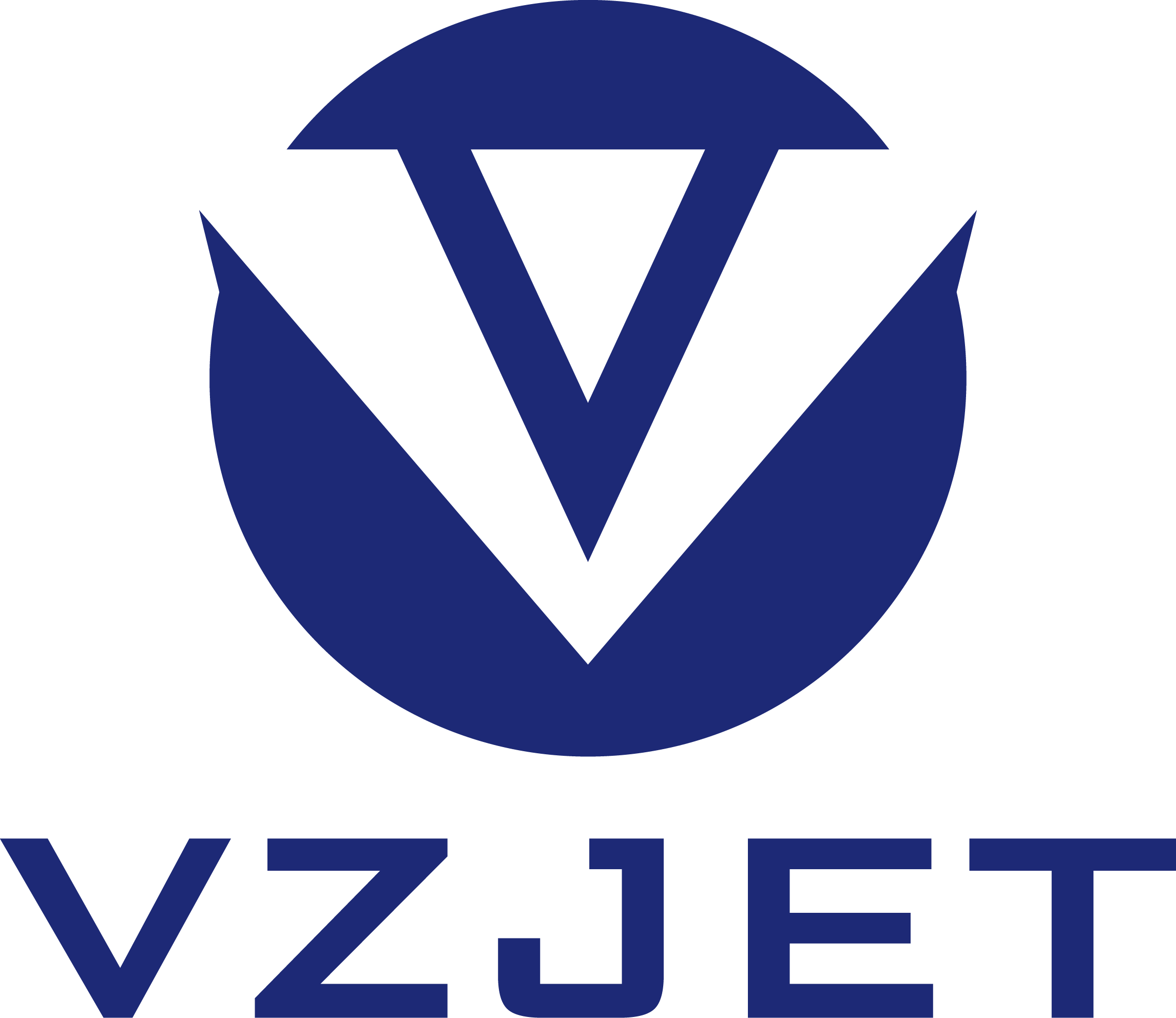Information
Maximize Your Output: The Benefits of Industrial Inkjet Printing Technology
01 Oct,2025
Maximize Your Output: The Benefits of Industrial Inkjet Printing Technology
Table of Contents
- 1. Introduction to Industrial Inkjet Printing Technology
- 2. What is Industrial Inkjet Printing?
- 3. Advantages of Industrial Inkjet Printing Technology
- 3.1 Cost-Effectiveness of Inkjet Printing
- 3.2 High-Quality Output and Precision
- 3.3 Speed and Efficiency in Production
- 3.4 Versatility and Customization
- 3.5 Environmental Benefits of Inkjet Technology
- 4. Applications of Industrial Inkjet Printing Technology
- 5. How to Maximize Your Output with Inkjet Printing
- 5.1 Choosing the Right Equipment
- 5.2 Training and Education for Staff
- 5.3 Regular Maintenance Practices
- 6. The Future of Industrial Inkjet Printing Technology
- 7. FAQs about Industrial Inkjet Printing Technology
- 8. Conclusion
1. Introduction to Industrial Inkjet Printing Technology
Industrial inkjet printing technology has revolutionized the way products are printed and customized across various sectors. Unlike traditional printing methods, inkjet printing employs a digital approach, allowing for greater precision, faster production speeds, and the ability to print on a wide range of substrates. This article will delve into the multiple benefits of industrial inkjet printing, highlighting its efficiency and versatility while exploring how businesses can maximize their output through this innovative technology.
2. What is Industrial Inkjet Printing?
Industrial inkjet printing refers to a digital printing technology that uses inkjet heads to spray tiny droplets of ink onto substrates. This method is highly versatile, enabling the printing of designs, texts, and images on various materials like paper, plastic, metal, and textiles. The process allows for full-color prints and intricate designs, making it an excellent choice for industries where customization is key. Industrial inkjet printers can handle large production volumes, making them ideal for factory settings.
3. Advantages of Industrial Inkjet Printing Technology
The adoption of industrial inkjet printing technology offers a plethora of advantages that can enhance productivity and quality across various applications.
3.1 Cost-Effectiveness of Inkjet Printing
One of the **foremost benefits** of industrial inkjet printing is its cost-effectiveness. Traditional printing methods often involve significant setup costs, especially for large print jobs. In contrast, inkjet printing minimizes these overheads due to its digital nature. There is no need for costly plates or screens, making it a more economical choice for short runs and customized orders. Furthermore, reduced waste during printing means lower material costs, translating to increased profitability.
3.2 High-Quality Output and Precision
Industrial inkjet printers are renowned for their **superior print quality**. The use of high-resolution printing heads allows for stunning detail and vibrant colors, elevating the overall aesthetic of printed materials. This quality makes inkjet printing particularly attractive for brands looking to create visually appealing products that stand out in a competitive marketplace. Additionally, the precision of ink application ensures minimal errors, enhancing overall production quality.
3.3 Speed and Efficiency in Production
Speed is a critical factor in any manufacturing process, and industrial inkjet printing excels in this area. With rapid setup times and high-speed printing capabilities, businesses can meet tight deadlines without compromising quality. This efficiency is particularly beneficial in industries requiring quick turnarounds, such as packaging and promotional materials. The ability to produce large quantities in a shorter time frame contributes significantly to maximizing output.
3.4 Versatility and Customization
Another significant advantage of industrial inkjet printing technology is its **versatility**. It can print on an array of materials and substrates, from traditional paper to more unconventional surfaces like metals and ceramics. This adaptability allows businesses to expand their product offerings and cater to diverse customer needs. Moreover, inkjet printing supports customization at scale, enabling companies to create unique products without extensive reconfigurations of their printing processes.
3.5 Environmental Benefits of Inkjet Technology
In today's eco-conscious market, the environmental impact of manufacturing processes is under scrutiny. Industrial inkjet printing presents several **environmental advantages**. The technology often utilizes water-based inks, which are less harmful than solvent-based alternatives. Additionally, reduced waste generation and energy consumption during production contribute to a lower carbon footprint. Businesses utilizing this technology can not only enhance their productivity but also promote sustainability.
4. Applications of Industrial Inkjet Printing Technology
The versatility of industrial inkjet printing technology opens doors for various applications across multiple industries.
4.1 Packaging Industry
In the packaging industry, inkjet printing has become a game-changer. The ability to print on various materials, including cardboard and plastics, combined with high-quality graphics, allows brands to deliver attractive packaging that resonates with consumers. Furthermore, the technology enables **variable data printing**, where each package can hold unique information, enhancing personalization and compliance with regulations.
4.2 Textile Industry
The textile industry has embraced industrial inkjet printing for its ability to produce intricate designs and patterns directly onto fabrics. This method reduces the need for screens and allows for **on-demand printing**, minimizing waste and inventory costs. From fashion apparel to home décor, inkjet printing enhances creativity and efficiency in textile manufacturing.
4.3 Electronics Manufacturing
In electronics manufacturing, industrial inkjet printing is utilized for producing circuit boards and components. The precision offered by this technology ensures that electronic parts meet rigorous performance standards, while its fast output speeds help maintain rapid production schedules. This integration of inkjet printing technology leads to innovations in the electronics sector.
4.4 Labeling and Coding
Labeling and coding processes benefit significantly from industrial inkjet printers. The technology allows for high-speed printing of labels with various texts, barcodes, and images, ensuring product authenticity and traceability. This is particularly important in the food and beverage sector, where compliance with labeling regulations is paramount.
5. How to Maximize Your Output with Inkjet Printing
Maximizing output in any industrial setting requires strategic planning and implementation. Here are some essential practices to ensure you leverage the full potential of inkjet printing.
5.1 Choosing the Right Equipment
Selecting the appropriate industrial inkjet printer is crucial for optimizing production. Factors such as printing speed, resolution, and compatibility with various substrates should guide your choice. Investing in high-quality equipment tailored to your specific needs can enhance overall efficiency and output.
5.2 Training and Education for Staff
To maximize output effectively, investing in training and education for your staff is essential. Ensuring that your team understands how to operate the equipment efficiently, troubleshoot common issues, and maintain the printers can lead to smoother operations and reduced downtime.
5.3 Regular Maintenance Practices
Regular maintenance is key to prolonging the lifespan of your industrial inkjet printers. Establishing a routine maintenance schedule that includes cleaning, software updates, and equipment checks can prevent unexpected failures and maintain optimal performance, thereby maximizing output.
6. The Future of Industrial Inkjet Printing Technology
The future of industrial inkjet printing technology is promising, with continuous advancements in ink formulations, printer capabilities, and printing processes. Innovations like 3D printing integration and enhanced smart technologies are expected to reshape production landscapes further. As industries strive for greater efficiency and sustainability, inkjet technology will remain at the forefront, driving growth and innovation.
7. FAQs about Industrial Inkjet Printing Technology
What is the difference between industrial inkjet printing and traditional printing?
Industrial inkjet printing is digital, allowing for quicker setup times and customization without the need for plates or screens, whereas traditional methods often involve more extensive setup and are typically better suited for large, consistent print runs.
Is industrial inkjet printing environmentally friendly?
Yes, industrial inkjet printing often uses water-based inks and generates less waste, making it a more environmentally friendly option compared to traditional printing methods.
Can industrial inkjet printers handle large production volumes?
Absolutely. Industrial inkjet printers are designed for high-speed printing and can efficiently handle large production volumes, making them suitable for various industries.
What materials can be printed using industrial inkjet technology?
Industrial inkjet printers can print on a wide range of materials, including paper, plastics, textiles, metals, and more, offering great versatility for different applications.
How can businesses improve efficiency with industrial inkjet printing?
By choosing the right equipment, providing adequate training for staff, and ensuring regular maintenance, businesses can significantly improve their printing efficiency and output.
8. Conclusion
In conclusion, industrial inkjet printing technology presents unparalleled benefits for businesses aiming to maximize their output. With advantages ranging from cost-effectiveness and high-quality output to environmental sustainability and versatility, it is clear why this technology is becoming increasingly popular across various sectors. By understanding its applications and implementing strategies to optimize its use, companies can enhance their production processes, meet customer demands efficiently, and stay ahead in a competitive market. Embracing industrial inkjet printing is not just a choice; it is a strategic move towards innovation and efficiency.
01 Oct,2025
Classification:
Information
Latest Contents







